News
For all media enquiries, journalists can contact [email protected].
Select categories
-
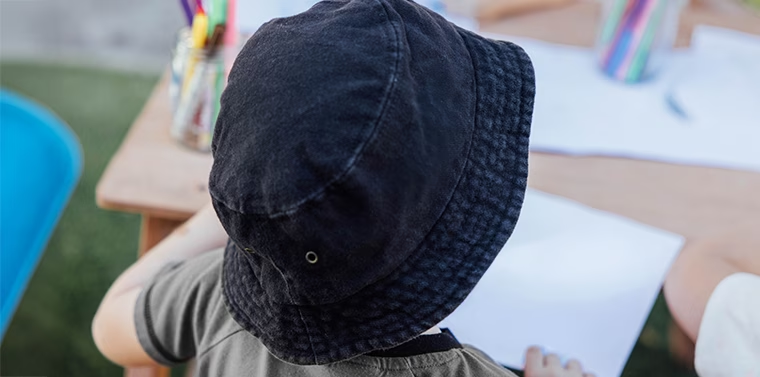
G8 Education Statement on Former Employee Investigation
At G8 Education, the safety and wellbeing of every child in our care is our highest priority. We are appalled by what is alleged to have occurred. Our focus right now is on supporting all those impacted including children and their families, as well as our team members.
-
G8 Education Statement on Former Employee Investigation
We are deeply committed to providing a safe, nurturing, and supportive environment for all children and families. We are aware that a former G8 Education team member has been charged with offences involving children.
-
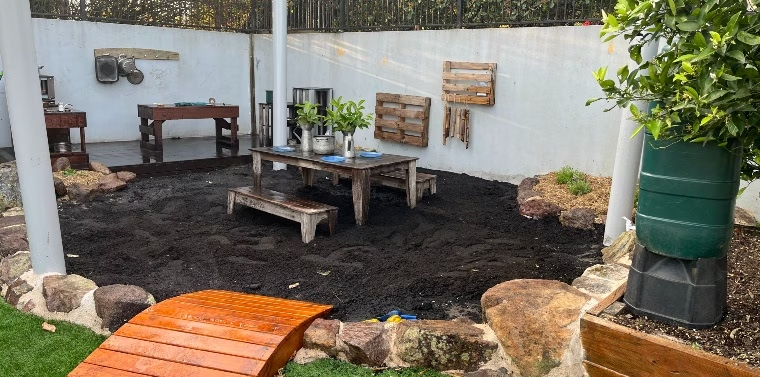
G8 Education celebrates International Mud Day
This International Mud Day, G8 Education is helping to uncover the many benefits of ‘mud play’ for the 40,000 children in its 400 early childhood education and care centres across the country.
-
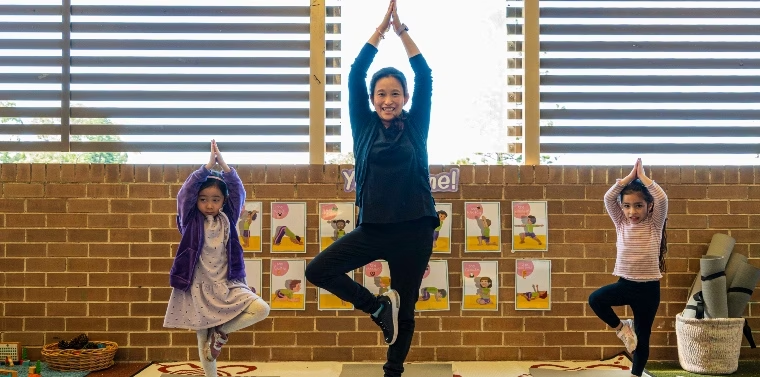
Young Learners Find Calm and Confidence on the Mat for International Day of Yoga
In celebration of International Day of Yoga on Saturday 21 June, children across selected G8 Education centres rolled out their mats this week and took part in mindful movement sessions designed to nurture physical, emotional, and mental wellbeing.
-

G8 Education applauds 20 Year service milestone
G8 Education team member Paula Date recently celebrated her 20-year anniversary with G8 Education.
-
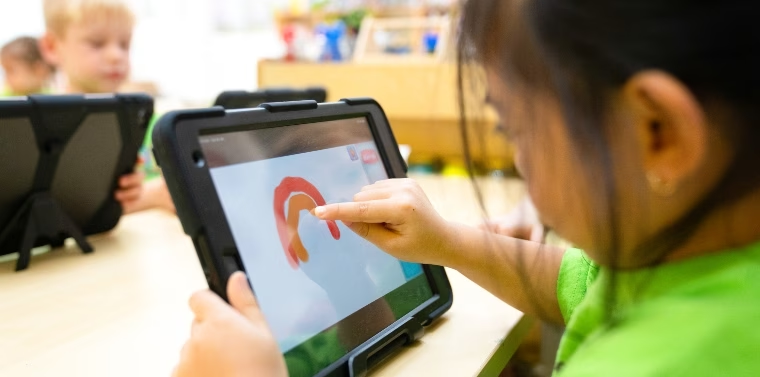
G8 Education Empowers Next Generation Through Digital Literacies
Designed to integrate digital literacies into early childhood education in a safe, engaging, and purposeful way, G8 Education’s Digital Literacies @Play program equips children with essential skills that will support their lifelong learning journey.
-
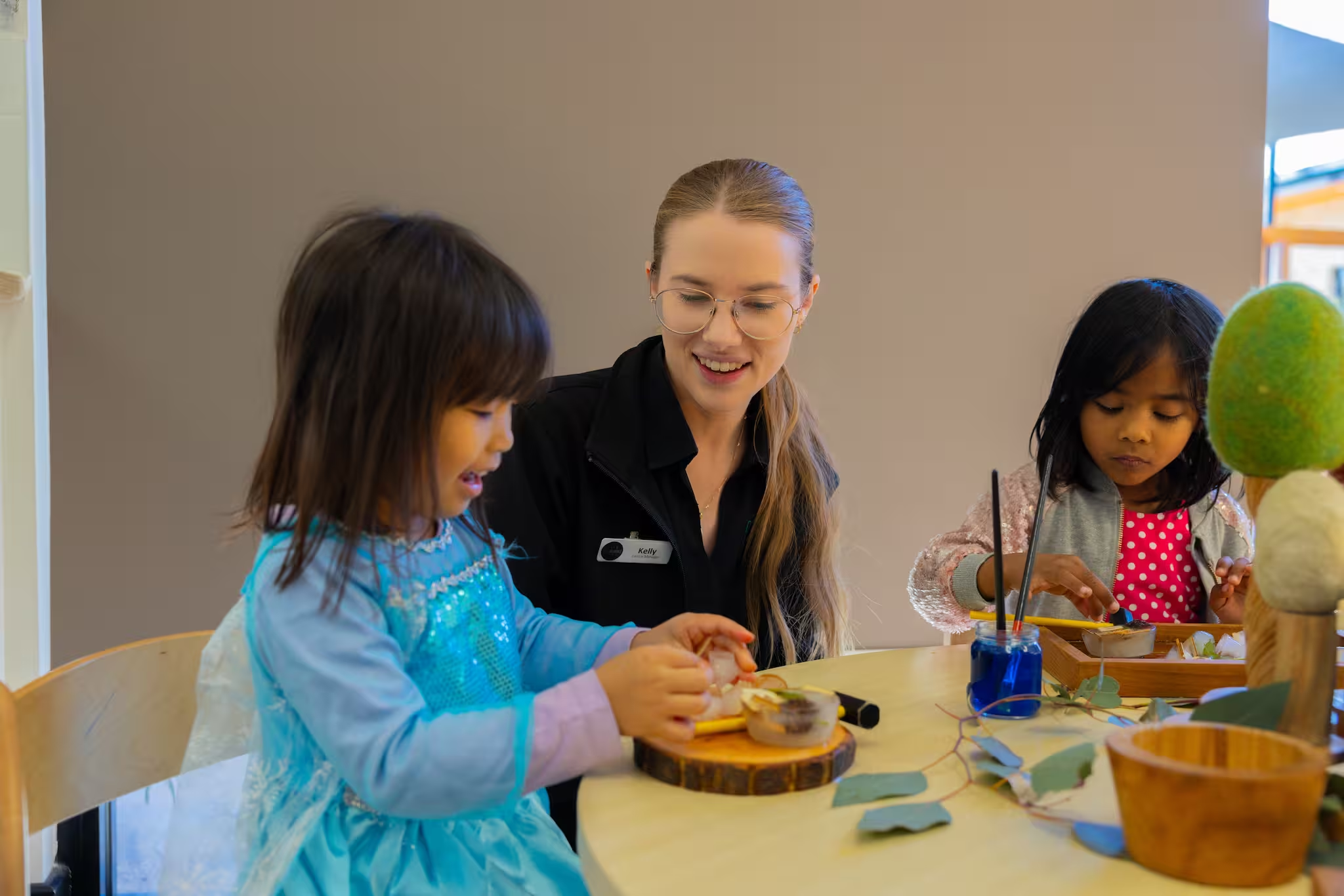
G8 Education welcomes Federal Government’s call for action on child safety
G8 Education has welcomed the call from the Federal Government, for increased national consistency and action to improve safety and quality in the early learning and care sector.
-

Response from G8 Education
G8 Education would like to acknowledge that the stories in the media in the past few weeks about the early childhood education and care sector have been difficult and confronting for families, children, teachers and educators across Australia.
-
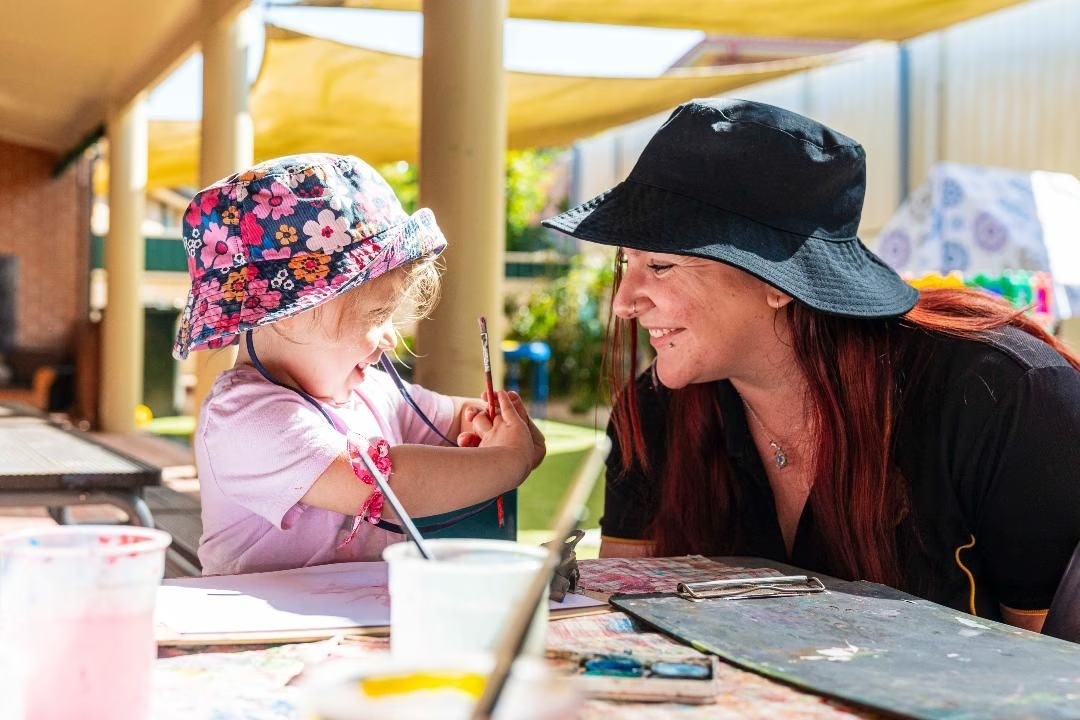
G8 Education welcomes Federal Budget
G8 Education has welcomed the Federal Budget, that outlined the Government’s investment in the early childhood education and care sector (ECEC).
